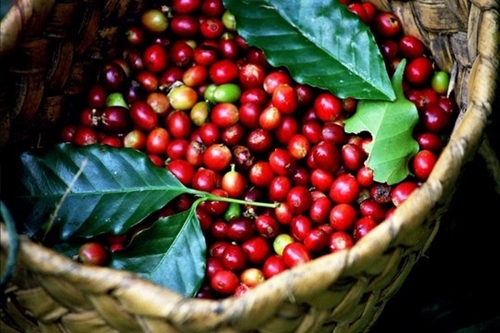At present, farmers in Gia Lai are growing coffee on nearly 99,000 ha, with an average yield of over 3 tons per ha, and the total output of more than 267,000 tons. Coffee is currently Gia Lai’s main farm produce export with a turnover of 490 million USD in 2022, accounting for nearly 71% of the province's total agro-product export value.
    |
 |
|
Gia Lai develops specialty coffee. (Photo: gialai.gov.vn) |
Over the past years, coffee production has contributed to creating direct and indirect jobs for hundreds of thousands of workers. As a result, the living standards of locals, including ethnic minorities, have gradually improved.
According to the province's agricultural restructuring plan for the 2021 - 2025 period, Gia Lai will not expand the coffee growing area, but maintain it at around 98,000 - 100,000 ha.
Le Huu Anh, Director of Lam Anh Agriculture and Services Cooperative in Dak Doa district, said that in the past, Vietnam mainly exported coffee as a raw material, but now it has been processed into a specialty, adding value to the produce while meeting the world’s needs.
However, in order for coffee to stand firm in the international market, it is necessary to be transparent about the raw material area, and focus on protecting farmers with clean and organic cultivation, Anh said, adding that sustainable coffee development will bring bigger benefits to farmers, businesses and the environment.
In recent years, apart from promoting the production of clean coffee as a way to improve the quality and value of exported coffee beans, many businesses in Gia Lai have concentrated on investing in building sustainable processing and production networks and partly developing specialty coffee.
Tran Xuan Khai, Director of Gia Lai Sub-Department of Crop Production and Plant Protection, said that the current area of specialty coffee in the province is more than 200 ha, with an output of 62 tons.
The locality is striving to raise the area of specialty Robusta coffee to 1,200 ha with an output of 620 tons by 2025, and 2,300 ha in the 2026-2030 period.
Source: VNA